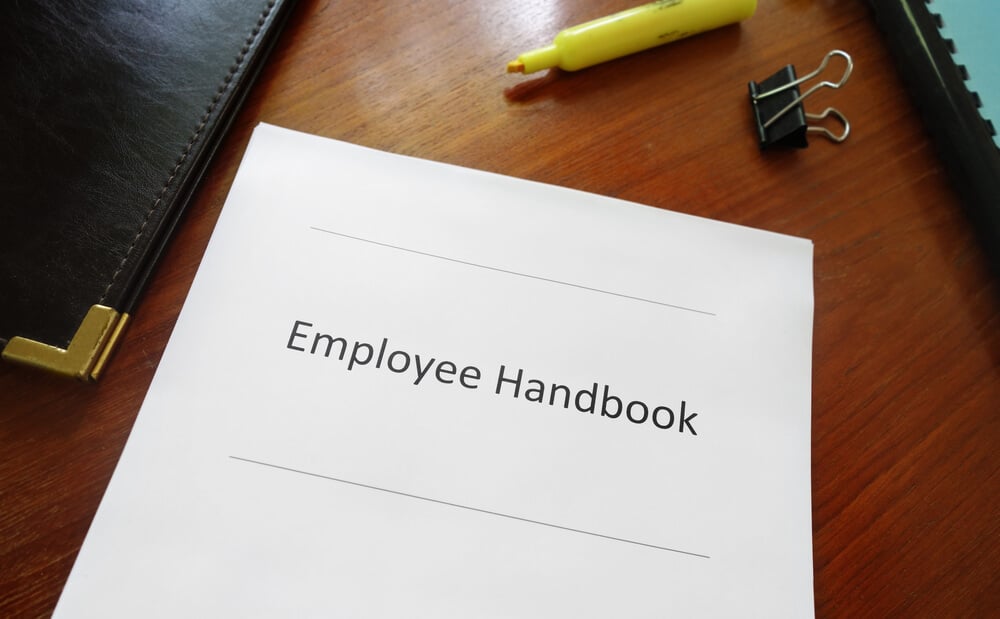The employee handbook is an undervalued tool for many industries and companies. It can benefit both the organization and the employees to have a reference manual for operational and personnel questions, but so many companies let their manuals get out of date. This leads to endless emails and meetings about issues that you shouldn’t have to address constantly.
If your employee manual is past its prime, it’s time to update it. Even if your employee handbook is only a year old, it may need updates.
Why They’re Necessary
Here’s a word that should catch the attention of business owners: lawsuit. It’s why you have commercial insurance, and it’s why you need an employee handbook.
An employee handbook outlines your company’s policies on everything from workplace dress to nondiscriminatory practices. If any disputes arise between an employee and the company, the manual can’t offer protection from a lawsuit, but it can provide proof that important messaging was communicated to the employee in full.
Your Manual Needs to Change with the Times
When are updates needed? Well, times change, as they say. Laws are passed that dictate the responsibilities of the employer on the local, state and federal levels. Whenever you find that your business is not in compliance with code, manuals should be updated and redistributed to all employees, and you should require a signature that they have received and acknowledged the contents.
It Needs to Adapt to Company Changes Too
Maybe your company hired its first expectant mother. Maybe you’ve had a change in management structure. Maybe you’ve made a major alteration in your procedures.
Whatever internal changes come along, make sure you’re prepared with an updated employee manual. Revisit parental leave (or add a policy, if you don’t have one yet), detail the management changes and outline the work process clearly.
Check Over These Policies During Every Handbook Review
Make changes right away when your policies become outdated, but also schedule annual review sessions as well. Check over employee handbook provisions for disability, equal employment opportunities and family, medical and sick leave, as these regulations change frequently.
You want to shield your company from litigation if you can, but you should also have a goal of defining your company’s culture. Creating an employee handbook is a chance to do this and make sure the message is heard throughout the ranks. For compliant, effective employee handbook creation guidelines, talk to WTA, Inc., today.


